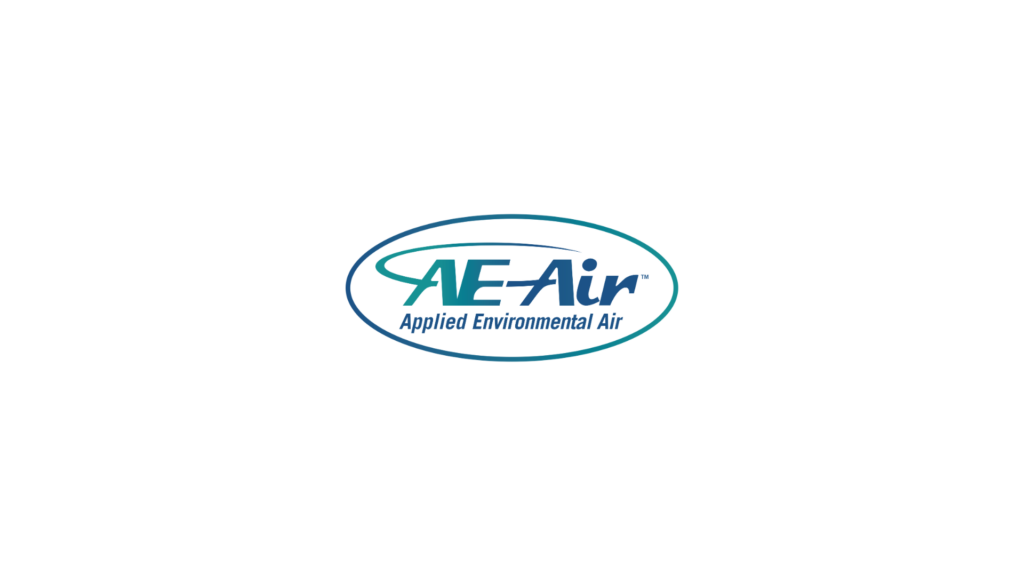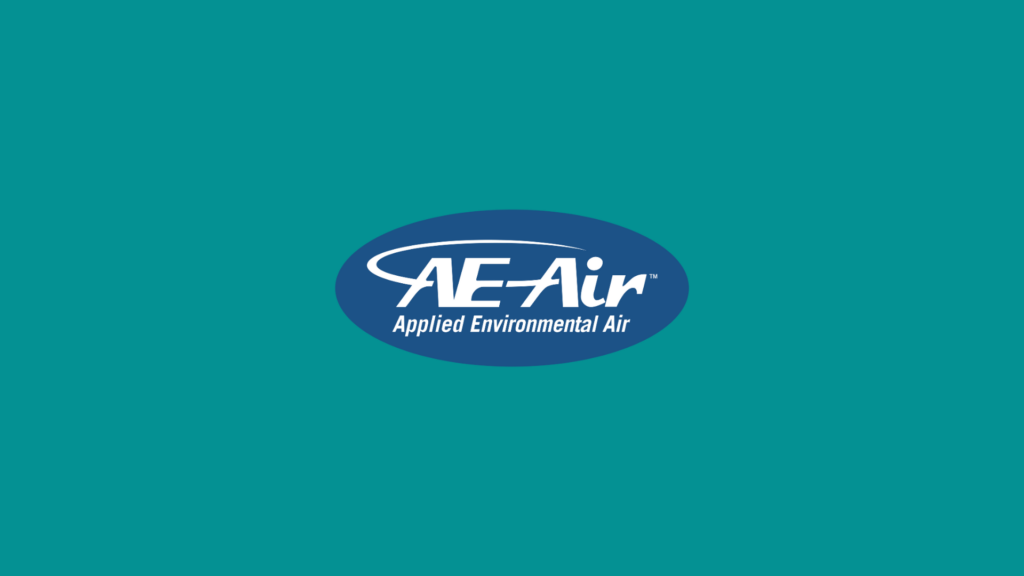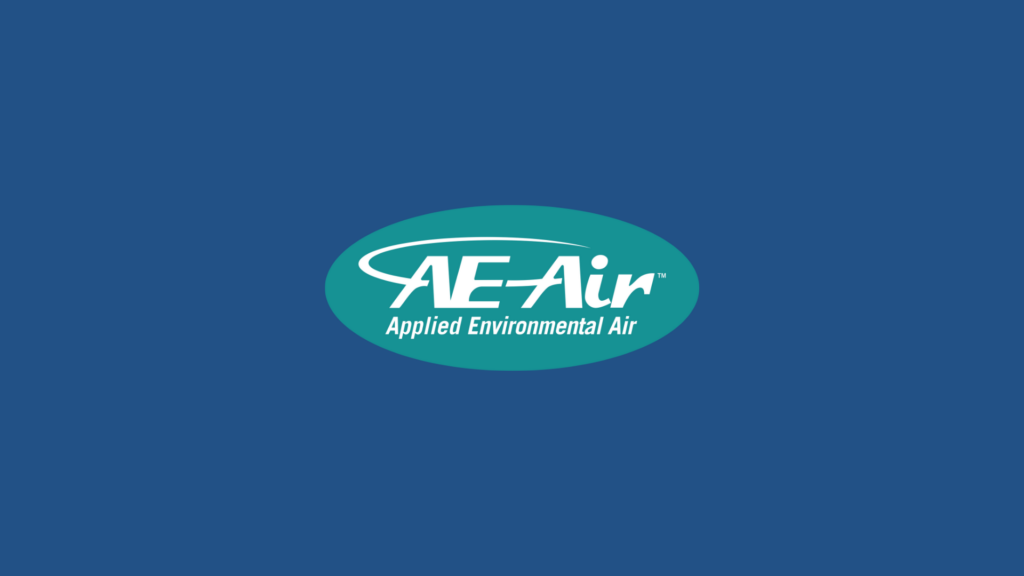Vertical water source heat pumps are gaining traction, especially in the context of high-rise buildings. These systems are designed to efficiently transfer heat using water as a medium, making them perfect for tall structures where space and energy efficiency are key considerations. The pump moves heat from inside the building to outside, or the reverse, depending on the season and the need for heating or cooling. As modern architecture emphasizes eco-friendliness and efficient energy use, these heat pumps offer a practical solution for developers and architects.
Choosing the right HVAC solution is crucial for large-scale projects. Vertical water source heat pumps stand out due to their compact size, making them easier to install in crowded mechanical rooms or tight spaces. Their design allows for flexible installation, promoting a streamlined integration into the building’s infrastructure. By opting for these systems, developers can ensure that tall buildings benefit from reduced energy consumption, helping to lower operating costs without compromising on comfort and air quality.
How Vertical Water Source Heat Pumps Work
Understanding how vertical water source heat pumps work provides insight into their advantages. At the heart, these systems rely on the natural properties of water to move heat. They use a loop of water that circulates throughout the building, absorbing or releasing heat as required. This heat exchange process is efficient and can be used for both heating and cooling, making it a versatile choice for buildings of various sizes.
Here’s a simple breakdown of how they differ from other HVAC solutions:
– Functionality: Unlike traditional HVAC systems that rely on air, these pumps use water to transfer heat, making them more efficient and quieter.
– Space Efficiency: Their vertical design occupies less floor space, giving more design flexibility in high-rise buildings.
– Integration: They can easily integrate with other HVAC components, offering a seamless experience from installation through to operation.
These pumps provide an edge by seamlessly fitting into the architectural design of tall buildings. They support sustainable construction by lowering both energy usage and emissions. With the growing need to meet green building standards, vertical water source heat pumps present a forward-thinking option for construction companies aiming to stay ahead in the industry. Plus, with fewer moving parts than some traditional systems, they often require less maintenance, adding to their appeal for high-rise installations.
Advantages of Vertical Water Source Heat Pumps in High-Rise Buildings
Vertical water source heat pumps shine because of their smart design and practical benefits. One of the most notable features is their space-efficient design. In crowded urban settings where every square foot counts, these systems are a great fit. They require less room than traditional systems, allowing architects more flexibility in designing their projects.
In addition to space efficiency, energy savings stand as a significant advantage. These pumps use the earth’s consistent temperature as a heat source or sink, which helps with cutting down on energy consumption. By efficiently managing energy use, these systems help reduce overall operating costs for building owners. Over time, these savings can be substantial, making them a wise investment for developers looking to add value to their projects without incurring exorbitant ongoing expenses.
Another standout feature is how these systems improve air quality. Because these pumps can maintain a steady temperature and humidity level, they help ensure a healthier indoor environment. This is particularly important in high-rise buildings, where many people live or work in close quarters. Consistent air quality contributes to better comfort and well-being for all occupants.
Installation Considerations
Installing vertical water source heat pumps needs careful planning. One key consideration is the initial assessment of the building’s infrastructure. Before installation, it’s crucial to evaluate if the existing setup can support the integration of these systems. For example, it’s important to assess the capacity of water loops and the adaptability of connecting components.
To ensure peak performance and a smooth fit, here are a few tips:
– Evaluate Building Needs: Understand the building’s heating and cooling requirements to choose the right pump size.
– Check Compatibility: Make sure that the current HVAC components can work with vertical water source heat pumps.
– Plan for Maintenance: Design the installation with future access and serviceability in mind for easier upkeep.
With proper integration, these pumps can provide reliable heating and cooling solutions year-round, enhancing the overall functionality and sustainability of high-rise buildings.
Maintenance and Longevity
Regular maintenance ensures that vertical water source heat pumps operate efficiently over the long haul. While these systems are designed for durability, periodic checks keep them running smoothly and help prevent unexpected issues. Routine maintenance tasks, like checking the water loop for leaks, cleaning filters, and inspecting electrical connections, can greatly extend the lifespan of these systems.
Following a maintenance schedule not only boosts performance but also prevents costly repairs down the line. Building owners should invest in regular inspections performed by qualified professionals to guarantee the system continues to meet heating and cooling needs effectively.
Long-Lasting Benefits of Vertical Water Source Heat Pumps
Embracing vertical water source heat pumps means investing in an eco-friendly and efficient solution for high-rise buildings. The advantages are clear: reduced energy costs, improved indoor air quality, and a more compact design suitable for urban spaces. As developers and architects aim to meet modern construction standards, these systems offer an adaptive and sustainable option that aligns with their goals. By planning for proper installation and ongoing maintenance, building owners can enjoy their benefits for years to come, reaping the advantages of an innovative HVAC solution.
For those looking to incorporate eco-friendly and efficient HVAC solutions into high-rise projects, consider exploring the potential of using a vertical water source heat pump. AE Air offers innovative systems that align with modern construction standards, enhancing both performance and sustainability for your next big project.


